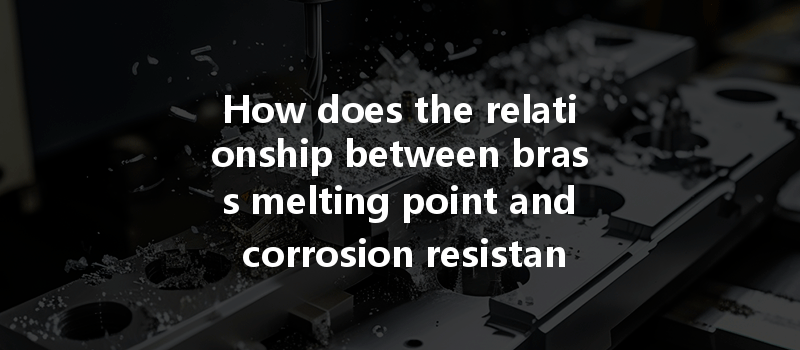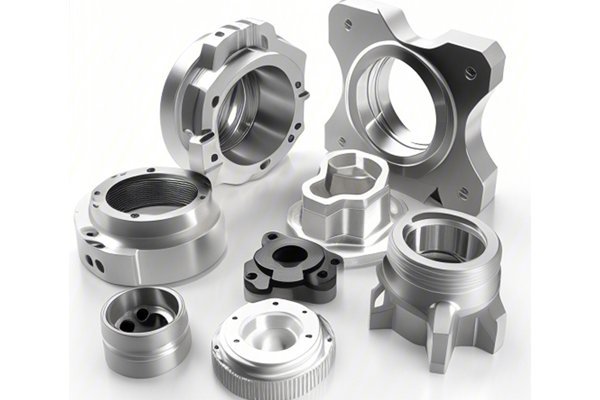*
Did you know that brass, an alloy composed primarily of copper and zinc, has been utilized for thousands of years due to its remarkable properties? This fascinating metal, which can be traced back to ancient civilizations, has undergone various transformations and applications—from the creation of coins to intricate jewelry and industrial machinery. Yet, one of the key characteristics that influence its versatility is the relationship between its melting point and corrosion resistance. In today’s manufacturing environment, understanding this relationship is crucial for optimizing machining performance and ensuring the longevity of brass components.
Understanding Brass and Its Composition
Brass typically consists of copper (about 55% to 95%) and zinc (about 5% to 45%). The precise mixture can significantly alter its properties, including melting point, mechanical strength, and corrosion resistance. The melting point of brass is generally between 900°C to 940°C (1652°F to 1724°F) depending on the specific alloy composition. This relatively low melting point makes brass easier to work with during machining processes. However, the specific corrosion resistance can vary significantly with alloy composition, the environment, and the processing methods used.
When considering corrosion resistance, it’s essential to understand the conditions brass might face in its application. Will it be exposed to water, acids, or salt? Each environment poses different risks, and the effectiveness of brass in resisting these corrosive agents can directly correlate to the components’ mechanical performance.
The Melting Point and Its Implications for Machining
The melting point of brass plays a critical role during machining. Higher melting points usually mean greater challenges in the machining process, as they require more energy and higher-temperature tools to effectively shape the material. Brass’s relatively low melting point aids in its machinability; it allows for effective cutting speeds and lower energy consumption. Furthermore, this lower melting point can help prevent overheating, which can lead to workpiece distortion and loss of dimensional accuracy.
Key Factors in Machining Brass
Corrosion Resistance of Brass
Corrosion is often the nemesis of metal components, reducing durability and increasing maintenance costs. Brass’s resistance to corrosion is a function of its alloying elements and has significant implications for its application.

Machining Performance: The Interplay Between Melting Point and Corrosion
The relationship between the melting point and corrosion resistance becomes particularly evident during machining. Components that are machined at higher temperatures can lead to tempering or destabilization of the material, potentially reducing corrosion resistance. Thus, achieving the optimal temperature during machining is vital.
To maximize machining performance:
Best Practices for Efficient Brass Machining
To achieve optimal machined components, consider implementing the following best practices:
*
Understanding the intricate relationship between the melting point of brass and its corrosion resistance is paramount for machining performance. By selecting the right alloy based on the operating environment, utilizing proper tooling and technology, and applying best practices throughout the machining process, manufacturers can enhance the quality and lifespan of brass components.
As we continue to innovate and improve machining techniques, it is crucial to remain aware of how material properties govern performance. By leveraging the unique aspects of brass, we can not only optimize production efficiency but also contribute to sustainability in manufacturing practices. Ultimately, being mindful of how these factors intertwine equips manufacturers to create superior products that withstand the test of time and environmental challenges.
This exploration into brass’s melting point and corrosion resistance is not just a technical inquiry, but a critical reflection on how better materials management can lead to more efficient manufacturing processes and sustained material performance in a wide array of industrial applications.






